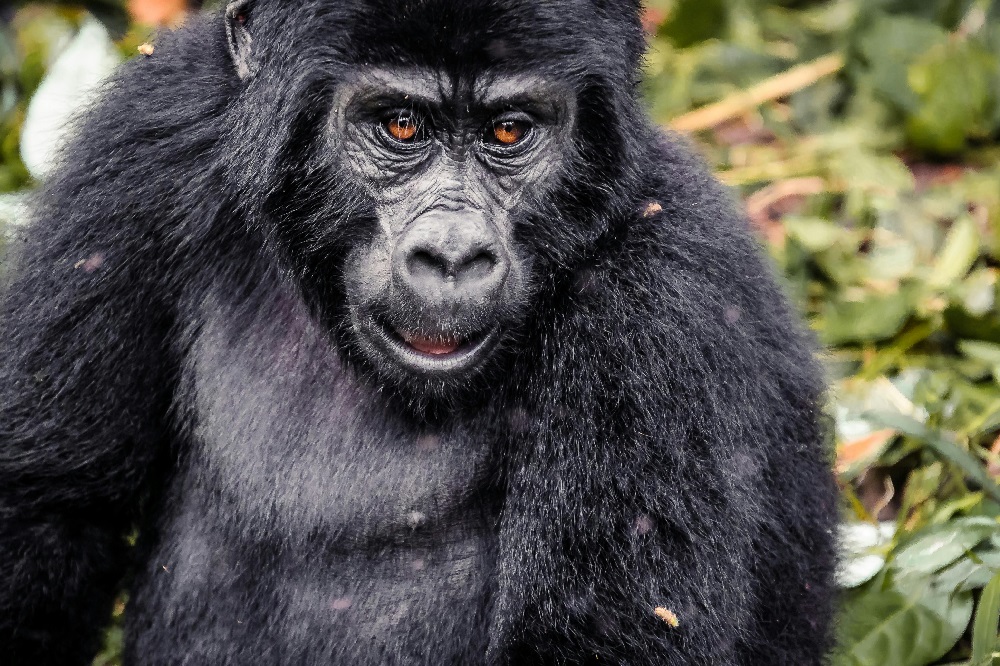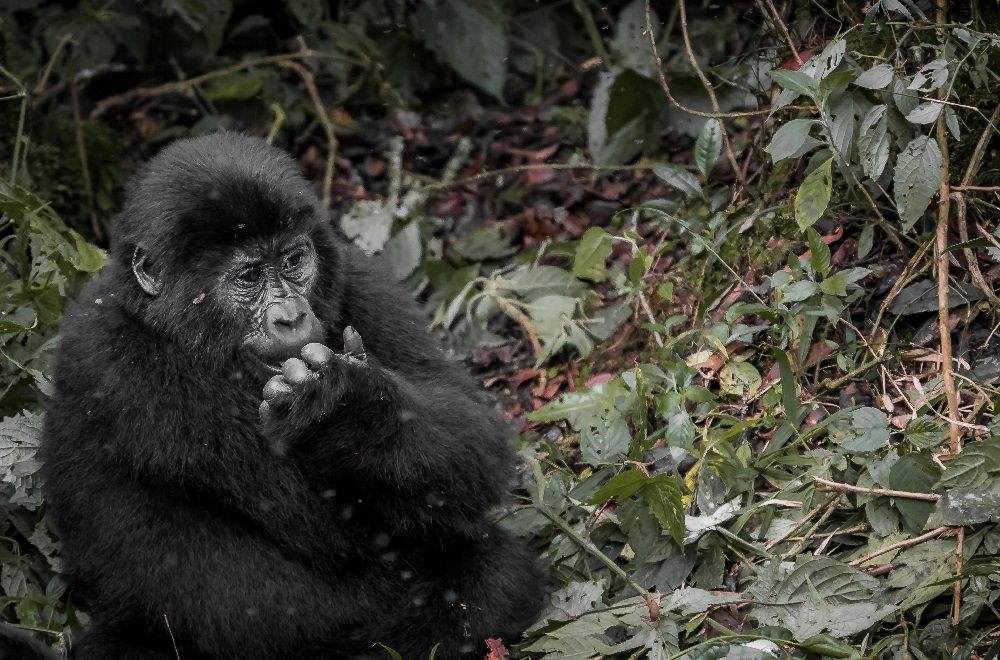When planning a safari to Uganda, one of the most exciting adventures is gorilla trekking. Choosing the right month for your trek is very important because the weather, the condition of the forest, and even the experience with the gorillas can change depending on the season. Some months are easier and more comfortable, while others bring challenges like heavy rain or slippery trails. Knowing the best time to go helps travelers prepare well and enjoy the adventure more.
How Fit Do You Need to Be for Uganda Gorilla Trekking?
Your fitness level plays a big role in how enjoyable your gorilla trekking experience will be. In the dry season, when the forest is less muddy, the trails are easier to manage, and you do not need to be extremely fit. However, in the rainy months, the paths can become very slippery, making the hike more difficult. This means that during wet months, trekkers may need stronger stamina and balance. While anyone with average fitness can complete the trek, choosing a drier month makes it easier for those who may not be used to hiking.
How Far in Advance Should I Book Gorilla Trekking in Uganda?
Booking in advance depends on the season. The dry months of June to September and December to February are the busiest times for gorilla trekking because the conditions are easier. During these peak months, permits sell out very quickly, so travelers should book at least six months ahead. On the other hand, in the rainy season, permits are often easier to find and may even come at discounted rates. Planning ahead ensures you do not miss out on this once-in-a-lifetime adventure.
How to Dress for Gorilla Trekking?
What you wear depends on the month you visit. During the rainy season, waterproof jackets, sturdy boots, and gaiters are very important because the trails get wet and muddy. In the dry season, lighter clothing with good sun protection works better, though boots are still needed because the terrain is rugged. Dressing properly helps trekkers remain comfortable no matter the weather.
How Many Days Should You Go Gorilla Trekking?
The number of days you spend depends on what you want to experience and the season you choose. Some travelers go for just one day to see the gorillas and then continue to other parks. Others prefer two or more days, especially during rainy months when the trek can take longer and be more tiring. Multi-day trips give you a better chance to relax, enjoy the area, and even trek different gorilla families.
What is the Best Time of Year for Gorilla Trekking?
The dry seasons of June to September and December to February are often considered the best months for gorilla trekking. During these months, the forest trails are easier to walk, and the chances of rain are much lower. The rainy seasons, which happen from March to May and October to November, can make trekking more difficult, but they also have advantages such as fewer tourists, cheaper permits, and greener forests. Choosing the best time depends on whether you prefer comfort and easier trekking or lower costs and fewer crowds.
Is Gorilla Trekking Ethical?
Gorilla trekking is designed to be ethical, no matter the season. Uganda has strict rules to protect the gorillas, such as keeping a safe distance of about seven meters, limiting the number of people who can visit each family per day, and giving part of the money from permits to local communities. Visiting during different months does not change the ethical standards, but supporting conservation in both high and low seasons helps protect gorillas all year round.
How Long is the Walk to See Gorillas in Uganda?
The walk can vary greatly depending on the month and weather. In the dry season, the trek may be shorter because the trails are clearer and easier. In the rainy season, the same journey can take longer because of slippery mud and fallen vegetation. Treks can last anywhere from one hour to six hours, and the month you visit can affect how quickly you reach the gorillas.
Where to Fly Into Uganda for Gorilla Trekking?
The choice of airport may depend on the season as well. Most travelers arrive at Entebbe International Airport and then travel to Bwindi Impenetrable Forest or Mgahinga Gorilla National Park. In dry months, road conditions are better, and travel times are shorter. During rainy months, the roads may be muddy, and flights to nearby airstrips like Kihihi or Kisoro can save time and make the journey smoother.
How Close Do You Get to the Gorillas in Uganda?
No matter the season, trekkers are allowed to be about seven meters away from the gorillas. This safe distance protects both humans and animals from spreading diseases. In drier months, the forest is less dense, and visibility may be clearer, giving you better photo opportunities. In rainy months, the vegetation is thicker, but the gorillas are often more active and playful, making the encounter just as special.
Where is the Safest Place to See Gorillas in Africa?
Uganda is one of the safest countries to see gorillas, especially in Bwindi Impenetrable Forest and Mgahinga. Both parks are well protected, and safety is maintained year-round. While Rwanda also offers gorilla trekking, Uganda’s larger number of gorilla families means more options, even during busy months. Regardless of when you go, these parks remain secure and welcoming.
Are You Guaranteed to See Gorillas in Uganda?
Uganda has one of the highest success rates for gorilla sightings, close to 100 percent. This is true whether you go in the dry season or rainy season because experienced trackers follow the gorillas daily. Even though rainy months may make the trek harder, the chance of finding the gorillas remains very high, giving travelers confidence in their journey.
Which is the Best Country to Go Gorilla Trekking?
When comparing Uganda with Rwanda and the Democratic Republic of Congo, Uganda is often considered the best choice. This is because Uganda has more gorilla families, lower permit costs, and diverse trekking options. Rwanda has easier treks but higher permit prices, while Congo is less stable for tourism. No matter the month, Uganda balances affordability, safety, and variety, making it the top choice for most travelers.
Conclusion
The best months for gorilla trekking in Uganda are during the dry seasons from June to September and December to February because the trails are easier and the experience is more comfortable. However, the rainy seasons also offer unique benefits such as lower costs and fewer tourists. Whether you go in the wet or dry months, gorilla trekking in Uganda is an unforgettable adventure that brings you close to one of the world’s rarest animals.





